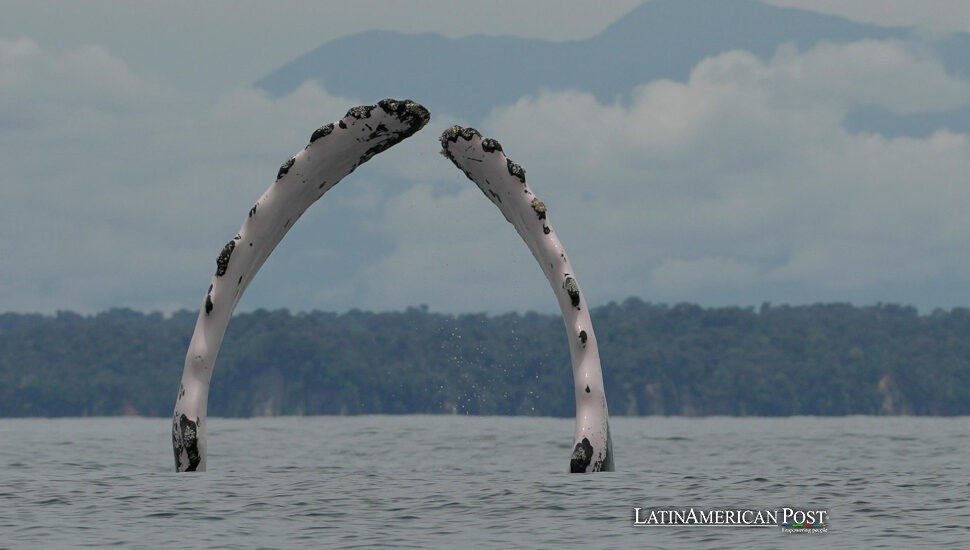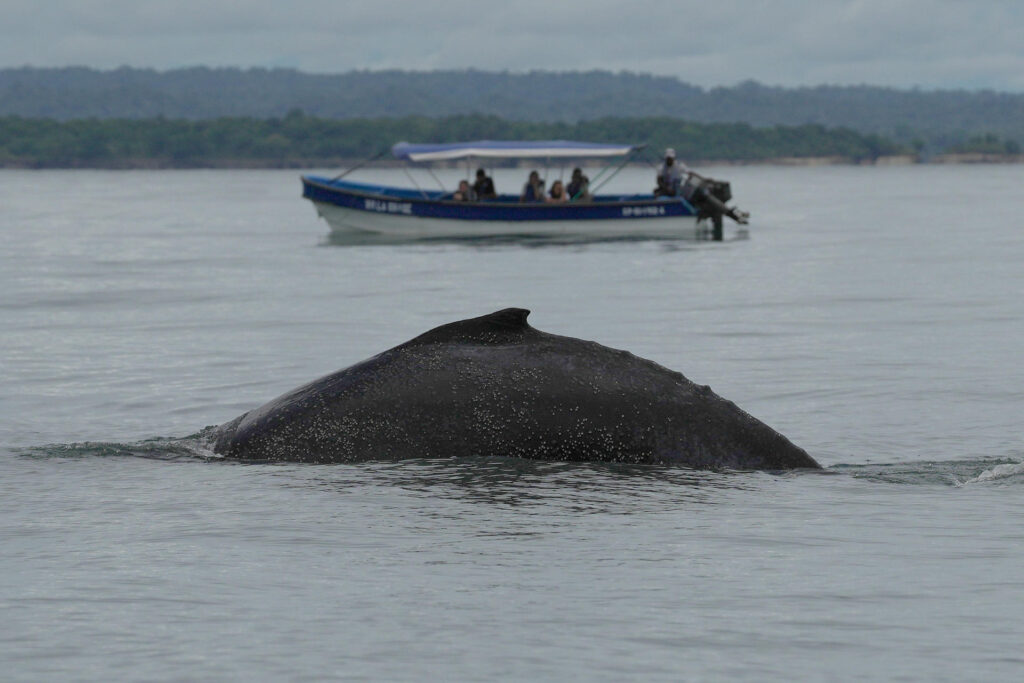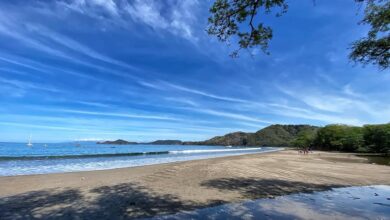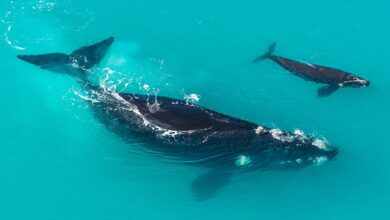When the Pacific Sings: How Colombia’s Whales Teach Hope to Coastal Communities

Each winter, the Colombian Pacific becomes a nursery where humpback whales arrive from Antarctica, their calves learning first flicks beneath jungle cliffs. The spectacle draws tens of thousands, reshaping Buenaventura’s economy and raising urgent questions about how to protect wonder.
A Nursery 8,500 Kilometers in the Making
The first plume appears like breath drawn across a mirror. Then a dark back arcs, a white-flashed fin rises, and Bahía Málaga’s jade water shivers with the lift of a tail. For a few months each year, Colombia’s Uramba Bahía Málaga National Natural Park transforms into a vast maternity ward for humpback whales—known locally as ballenas yubartas—who travel 8,500 kilometers from Antarctica and the Chilean coast to calve in warm, sheltered waters.
Here, beneath rainforest cliffs and frigatebirds circling overhead, mothers teach newborns the moves that will keep them alive: how to breathe in chop, how to slap a pectoral fin, how to dive in one fluid motion. “They come to complete their reproductive cycle, a unique spectacle that reminds us of the Pacific’s richness,” said Marco Antonio Suárez, director of the Valle del Cauca Regional Environmental Authority (CVC), in comments to EFE.
Suárez notes that sightings are climbing, even as humpbacks remain a fragile part of the recovery story. “These are animals that today number barely 20,000 in the world, which obliges us to care for them with greater responsibility,” he told EFE. The whales are dramatic by design—stretching up to 16 meters and weighing more than 36 tons—yet their grace transforms a tidal cove into a classroom. A calf fumbling a tail throw is not clumsy—it’s a lesson in survival. And that curriculum belongs as much to local communities as to the whales themselves.
Stewards of a Fragile Giant
Whale watching can be a gift or a pressure; which it becomes depends on behavior. The CVC has laid out clear rules: boats must maintain a distance of 200 meters, shift their engines to neutral when whales are nearby, and never discharge plastics or waste. These are not niceties—they are lifelines. Propellers can maim calves; noise can disorient; plastic can kill.
The difference today is that fishermen and boatmen—the lancheros who know every crease of this coast—are enforcing the rules themselves. “What’s most valuable is that the local lancheros themselves have been adopting these practices, and today they’ve become allies,” Suárez told EFE. “They know that protecting the whales also means protecting their own future and that of their families.“
Each measure has a purpose. The 200-meter buffer gives mothers the calm they need to teach. Neutral engines restore silence, allowing calves to hear their mothers’ low notes. And the ban on trash protects both whales and mangroves. In a country where seas absorb not only tides but pollution and climate strain, these everyday acts create a culture of care.
Tourism That Feeds Families—and Responsibilities
Buenaventura is learning to breathe with the whales. “The city is living an era like never before of emerging, adventure, and community tourism,” said Jhon Janio Álvarez, director of Destino Pacífico, in remarks to EFE. From July to October, more than 50,000 visitors arrive, and the ripple spreads everywhere: lancheros guiding dawn excursions; guesthouses filling when migration peaks; restaurants frying pargo and plating coconut rice; artisans selling seed necklaces; marimba musicians and cantadoras weaving tradition into soundscapes. Drivers shuttle families to the surf towns of Juanchaco and Ladrilleros.
“This is the most important value chain generating income for communities that are increasingly conscious about caring for resources and their love for the whales,” Álvarez told EFE.
But celebration without guardrails becomes extraction. The CVC’s code is a floor, not a ceiling. Operators who stagger trips, limit boat clusters, and broaden itineraries to include mangrove walks or Afro-Pacific cuisine reduce pressure on any single pod. Community groups that reinvest a portion of their earnings into waste management, fuel-spill prevention, and youth training can turn a seasonal boom into year-round resilience. Visitors, too, shape outcomes—by choosing certified operators, accepting distant views over reckless closeness, and remembering that the best whale encounter might be one heard, not chased.

A Farewell Scored by Marimbas and Drums
The season ends in music. On October 15, as mothers and calves begin their extended return south, the Festival de Marimba y Playa gathers locals and visitors on Juanchaco’s sandy edge. The wooden keys of the marimba de chonta ring, drums pound like a heartbeat, and dancers trace the sea’s rhythms. “It’s a tribute with marimba music and drums to those animals that brighten our lives and transform our territory,” Álvarez said to EFE. “It is a way of wishing them a happy trip back to Antarctica.“
It is also continuity. The whales have been arriving longer than the festival has existed, longer than Buenaventura has been a port. What is new is the fragile pact between spectacle and restraint. If Colombia keeps that balance—if boats idle, plastics stay ashore, and revenues strengthen schools and clinics as much as fuel tanks—then the arc of a tail in Bahía Málaga will remain what it is today: a lesson in joy, a study in survival, and an invitation to see the Pacific not as a resource but as a living commons.
Also Read: Latin America’s Invisible Disability: Why Migraine Demands Urgent Recognition Now
The whales know their way home. The challenge is whether we can continue to make a home for them here.




